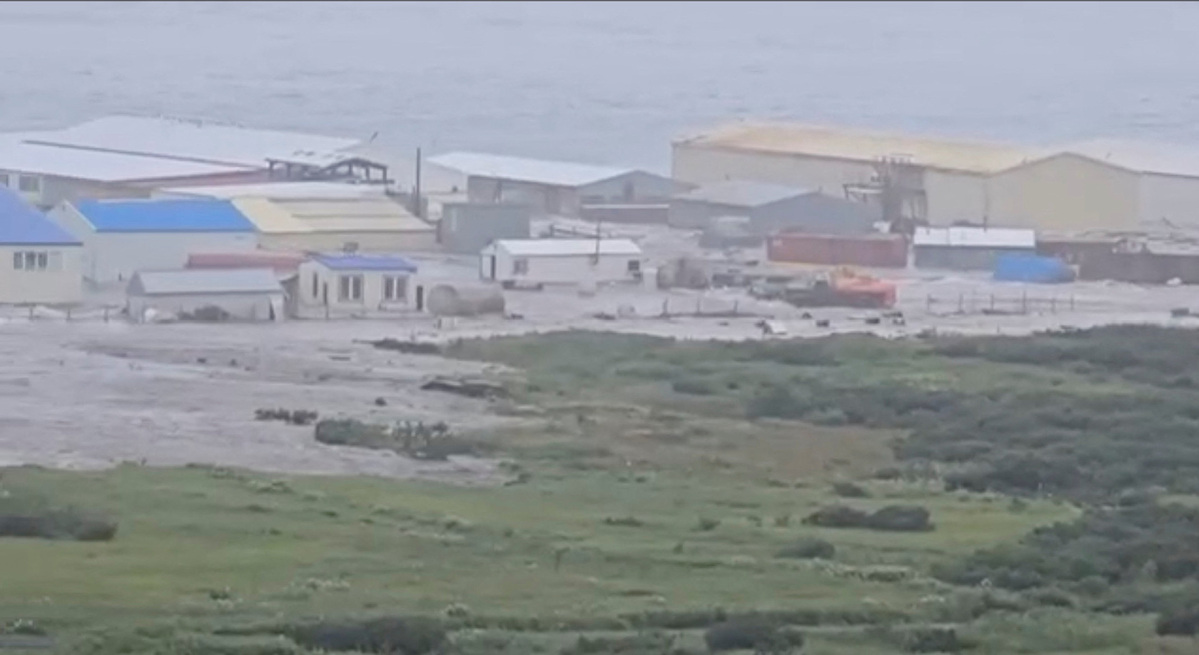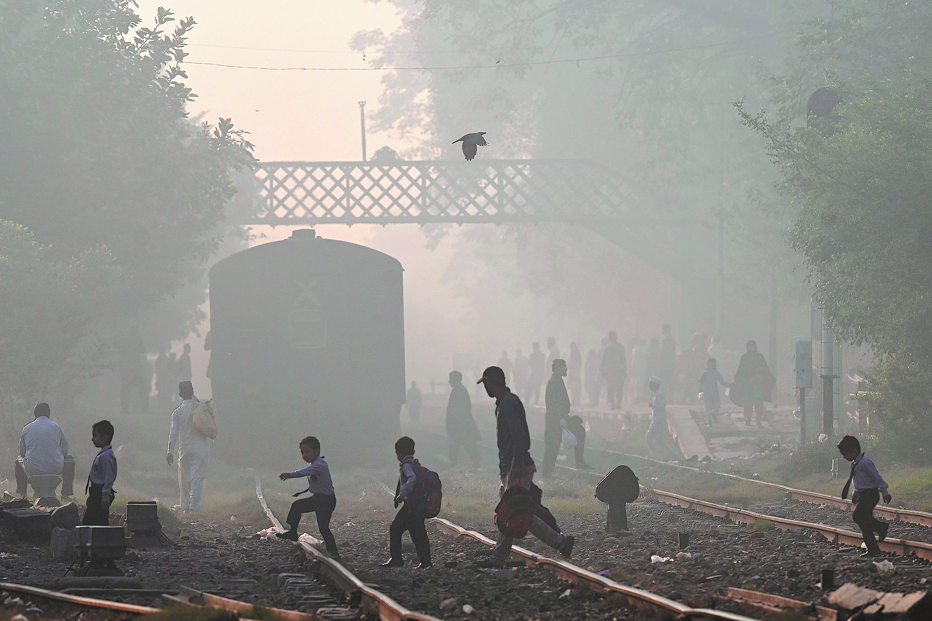Tsunami hits Russia's Far East following powerful earthquake


VLADIVOSTOK - A 3- to 4-meter-high tsunami wave was observed in the Yelizovsky District of Russia's Far Eastern Kamchatka Peninsula on Wednesday, following a magnitude 8.7 earthquake, local authorities said.
"A tsunami wave, approximately 3 to 4 meters high, was observed at the Hydrometeorological Service observation point at Cape Vodopadnaya," said Kamchatka's Minister for Emergency Situations Sergei Lebedev, urging residents to stay away from the coast.
Earlier, the peninsula was hit by a magnitude 8.7 earthquake, the strongest since 1952, according to the Kamchatka branch of the Geophysical Service of the Russian Academy of Sciences.
The U.S. Geological Survey, which reported the magnitude at 8.8, said the quake occurred at a depth of 19.3 km and was located 126 km east-southeast of Petropavlovsk-Kamchatsky, a city of 165,000 on the coast of Avacha Bay.
"Today's earthquake was serious and the strongest in decades of tremors," Kamchatka Governor Vladimir Solodov said in a video posted on the Telegram, adding that a kindergarten was damaged, but no children or staff were inside at the time.
Oleg Melnikov, the regional health minister, told Russia's state news agency TASS that several injuries have occurred.
"Some were hurt while rushing outside, and one individual reportedly jumped out of a window. Another woman was also injured inside the new airport terminal," Melnikov said.
"All patients are currently in satisfactory condition, and no serious injuries have been reported so far," he added.
Some 160 miles (257.5 km) southwest of the epicenter, the first tsunami waves hit the coastline of Hokkaido in northern Japan on Wednesday morning, measuring around 30 cm, according to the Japan Meteorological Agency.
Previously, the agency issued tsunami warnings, saying tsunami waves of up to 3 meters were expected to reach its east coast starting around 0100 GMT. Public broadcaster NHK said evacuation orders had been issued by the government for some areas.
"Please evacuate quickly. If you can move quickly to higher ground and away from the coast," a newscaster on NHK said.
Tsunami watches have been triggered in several other countries as well.
Canada's British Columbia on Tuesday issued a tsunami watch for most of its coastline, including "the north coast and Haida Gwaii, the coast of Vancouver Island, and the Juan de Fuca Strait coast".
According to EmergencyInfoBC, the website run by the Ministry of Emergency Management and Climate Readiness, a tsunami watch is issued when the danger level is not yet known. People in affected areas are advised to move out of the ocean, off the beach, and away from harbours, marinas, breakwaters, bays and inlets.
The US Tsunami Warning System also issued a warning of "hazardous tsunami waves" within the next three hours along parts of the Alaska and Hawaii coasts.
Tsunami warning sirens blared in Honolulu as residents were urged to move to higher ground. "Urgent action should be taken to protect lives and property," the warning said. The first waves were expected to reach Hawaii around 7 pm Tuesday local time (0500 GMT Wednesday).
A tsunami watch was also in effect for Guam and other islands in Micronesia, a country in the western Pacific Ocean.































